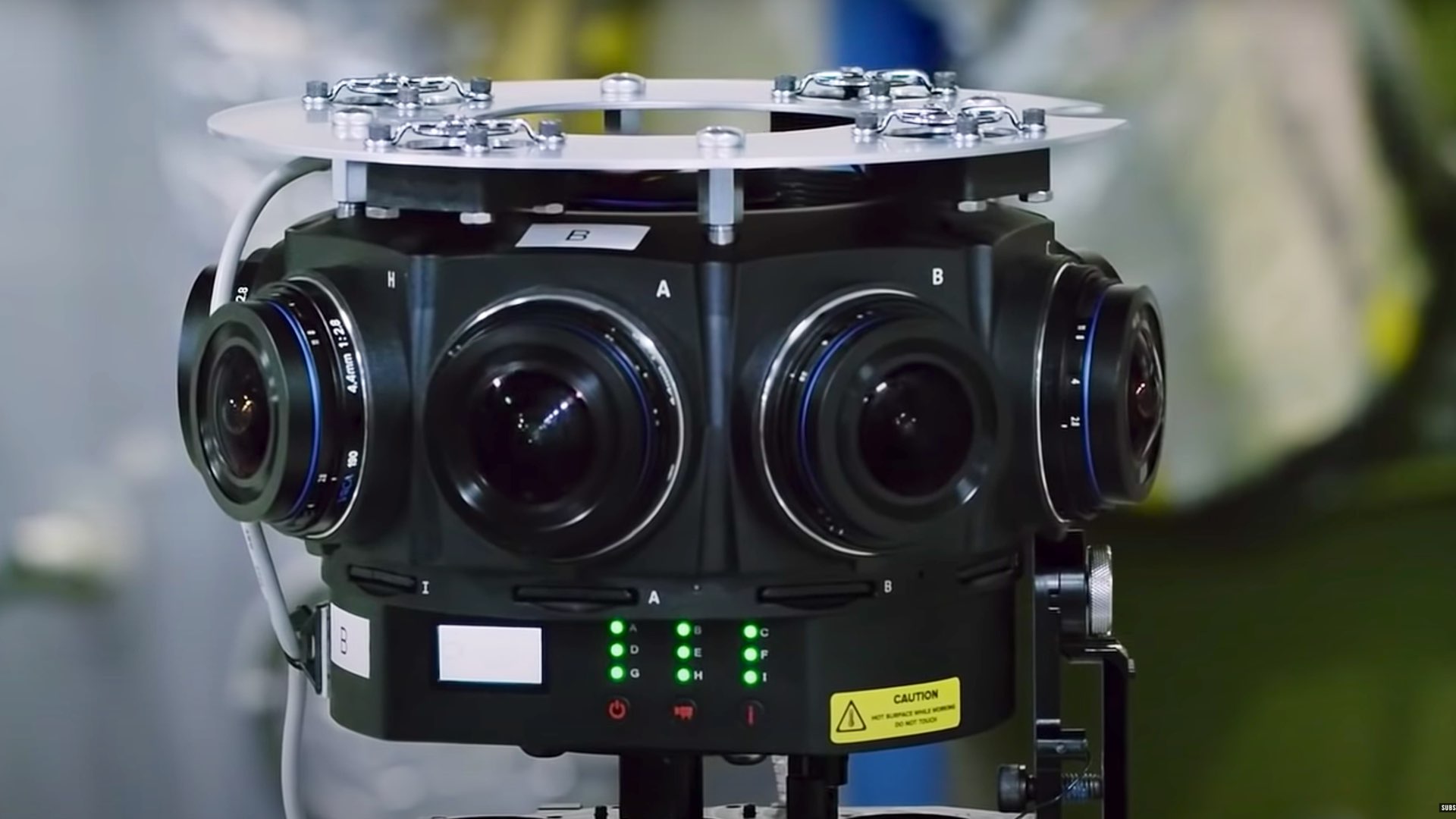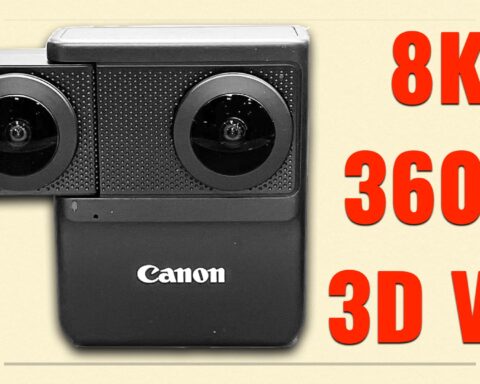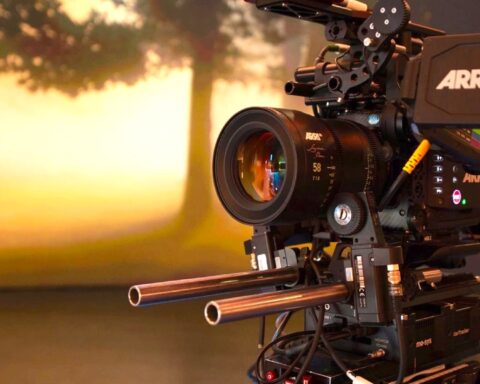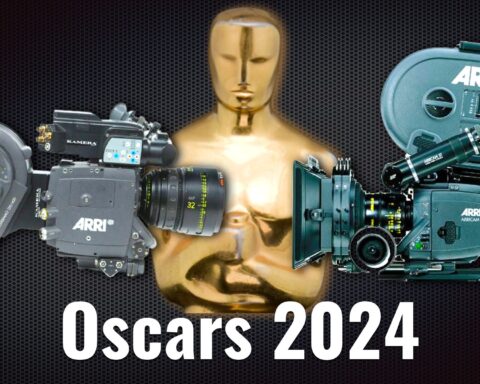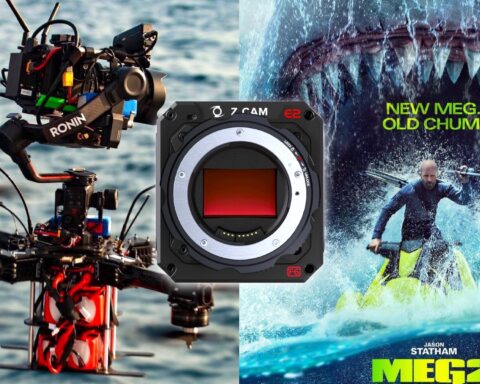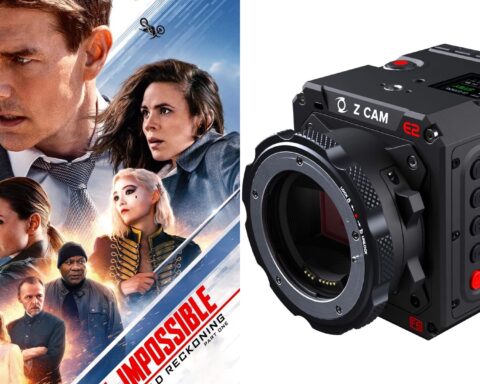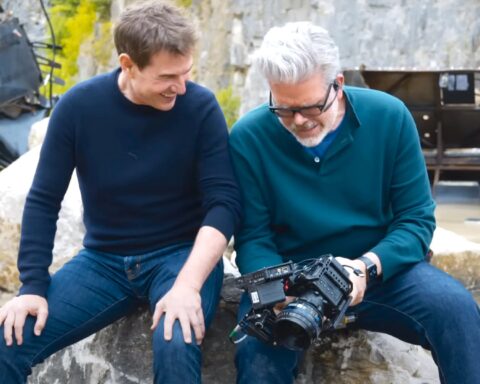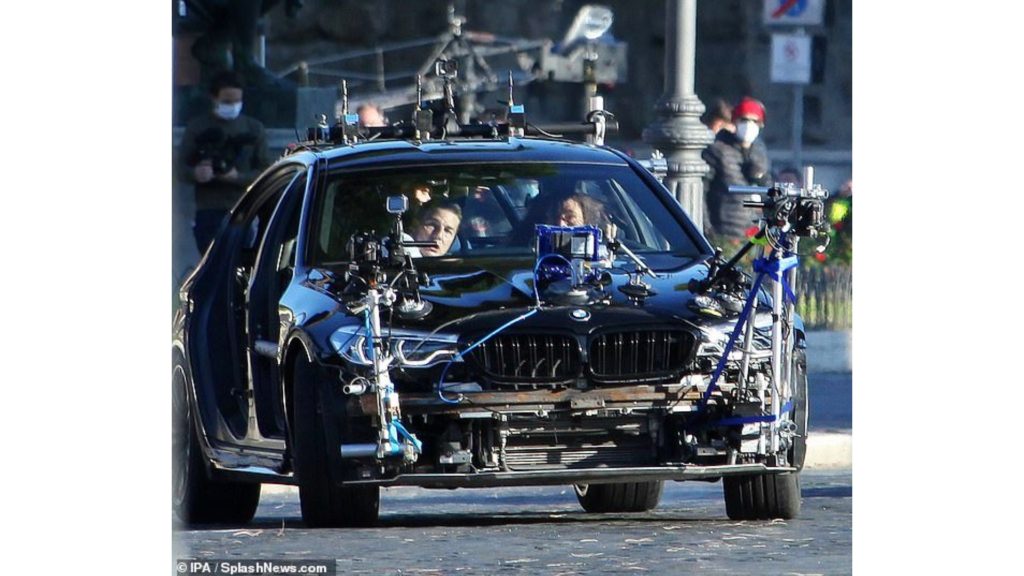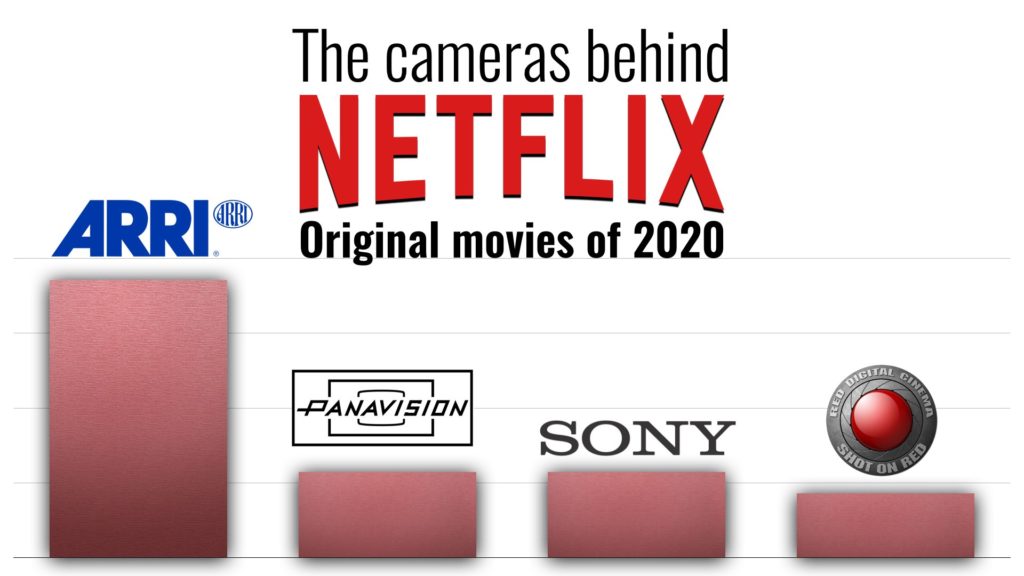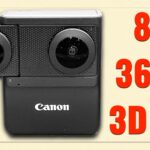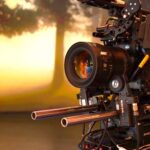The Z CAM V1 Pro was used to shoot the largest production ever filmed in space. The model of Z CAM is specified on outputting imagery of immersive 4K VR experience. The camera was modified to be used in the harshest environment which is space. Read below about this rare initiative and execution.
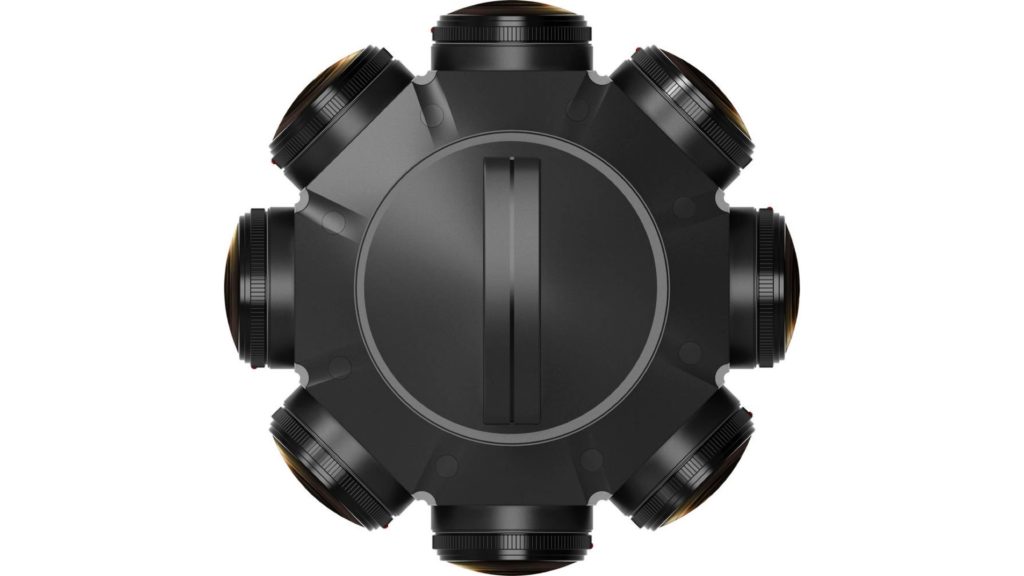
ISS Experience: The largest production ever filmed in space
The ISS Experience is an epic four-part immersive documentary series that tells the story of eight astronauts aboard the International Space Station. The project was produced by Felix & Paul Studios in association with TIME Studios. Shot over two years with exclusive access to the crew, The ISS Experience offers an intimate take on the joy, wonder, and dangers of life in orbit. This project is defined as the largest production ever filmed in space and allows the viewer to be immersed into a space station over 400 kilometers from his living room. The ISS Experience utilized a Z-CAM V1 Pro Cinematic Virtual Reality (VR) 360-degree camera with nine 190° fisheye lenses.
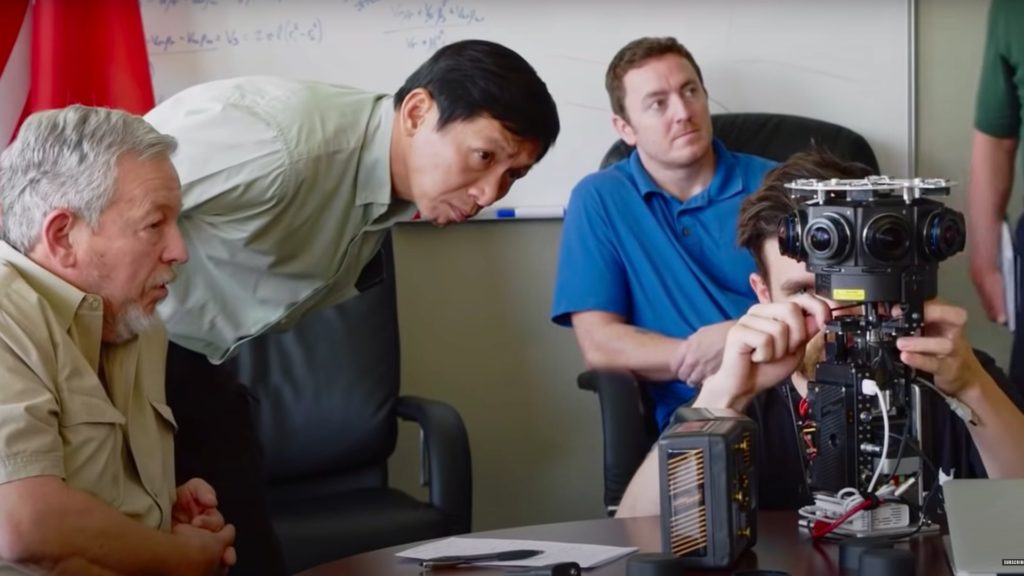
Z-CAM V1 Pro adapted for space
The Z-CAM V1 Pro adapted for this specific mission is the result of a collaboration between Felix & Paul Studios, TIME Studios, and in-space technology expert Nanoracks, which is a private in-space services company at builds tools to allow for the re-purposing of in-space hardware and turn it into agile space stations. The Z-CAM V1 Pro includes nine 4K sensors, which can then stitch together a fully immersive 360-degree final image that’s rendered at 8K resolution.
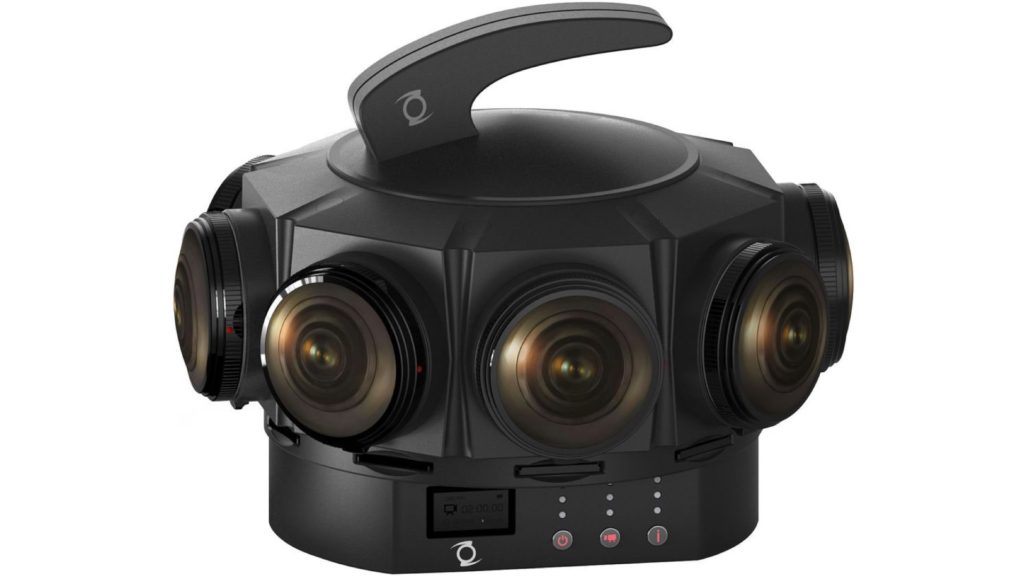
Nanoracks modified the camera by using their expertise in creating equipment that can operate in and withstand the harsh environment of space, meaning resistance to vacuum, UV radiation, ionizing radiation, plasma, wildly varying extreme temps that can go from -250 degrees Fahrenheit to +250 depending on sun exposure, and more. The enclosure for the camera is hermetically sealed, includes an aluminum radiation shield, and has both an active heating and passive cooling system, rendering it capable of surviving exposure to space for a full week.
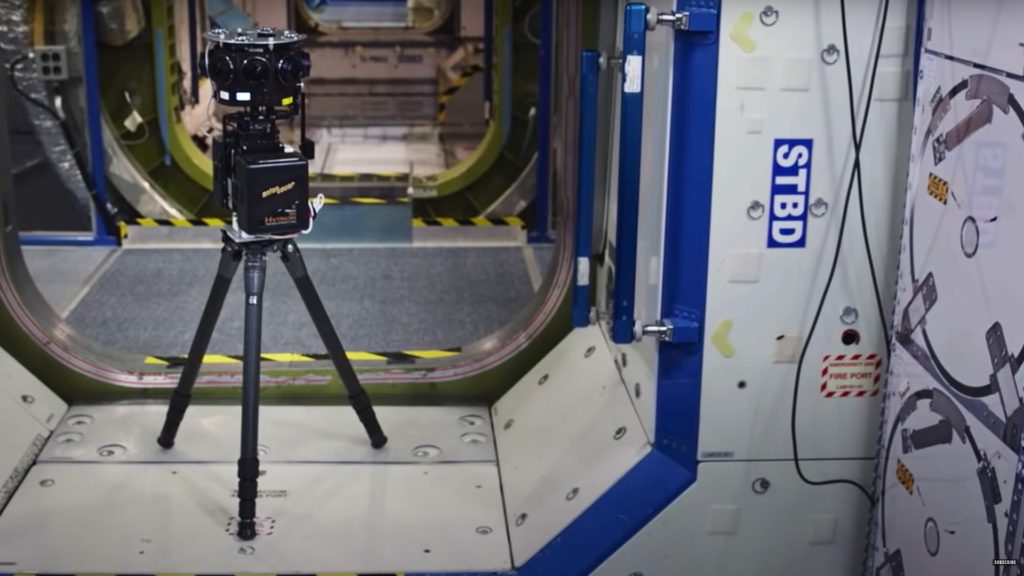
Watch below one of the ISS Experience Previews which describes the crew meal inside the space station. Produced by Felix & Paul Studios in association with TIME Studios. Use your mouse to view it 360.
Z CAM V1 Pro Cinematic VR Camera
The Z CAM V1 Pro VR was annulled back in 2017 and features nine MFT-mount lenses (8 + 1 on top) and outputs up to 8K/30 single-eye resolution (mono), 7K/30 dual-eye (stereo), or 4K/60 in either mode. Nine Sony EXMOR 4/3″ CMOS sensors record individually to a separate SD card slot (SD cards sold separately) and then all recordings can be transferred to your computer over a single Ethernet cable via the 10Gb Ethernet port on the camera. Once the footage is exported to your computer, the included (free download) Z CAM WonderStitch software will stitch the images together fully automatically. The camera was designed especially for VR industrial applications and less for consumer usage.
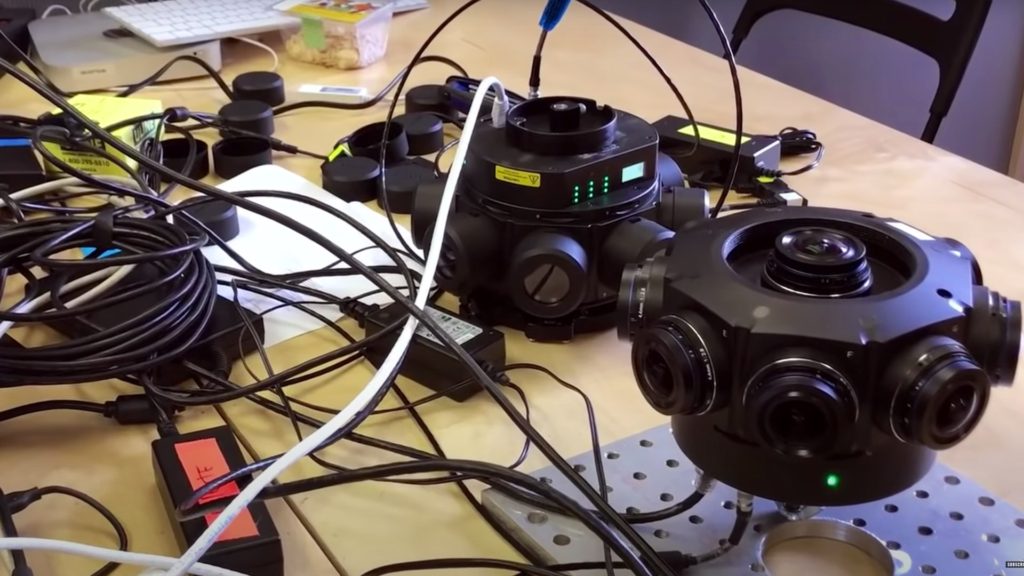
Key features
- 9 MFT Lenses (8 + 1), 190°, f/2.8-11
- 8K/30 Mono, 7K/30 Stereo Post-Stitch Out, and 4K at 60 fps (stereo/mono)
- MOV/H.264 Recording to 9 SD Cards
- Gigabit Ethernet Port Footage Transfer
- Nine (8+1 on top) 190° fisheye f/2.8-11 lenses
- Nine Sony EXMOR 4/3 CMOS image sensors
- Nine SD card slots (SDXC Class 10 SD cards required—sold separately; Z CAM recommends
- Extreme Pro 95 MB/s SD cards)
- Nine HiSilicon 3519 V101 processors
- Full-metal housing
- Price: $33,880
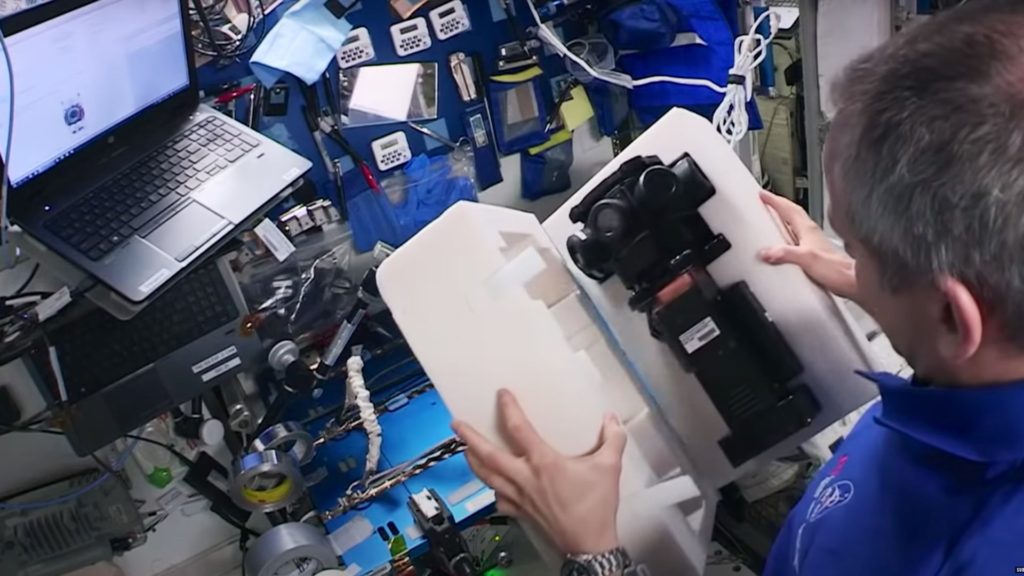
Wrapping up
Although this project is no so new (the videos were published a few months ago), it constitutes a great achievement for Z CAM. Bringing their most high-end device to space indicates camera credibility and uncompromising quality. Personally, I’m not familiar with any other use case of the Z CAM V1 Pro, but this case study is solid enough as proof. The ISS Experience is available on Oculus, Rift headsets, and 5G-enabled smartphones and tablets and in domes and planetariums in select regions. Go to www.felixandpaul.com/spaceexplorers for ways to watch.


